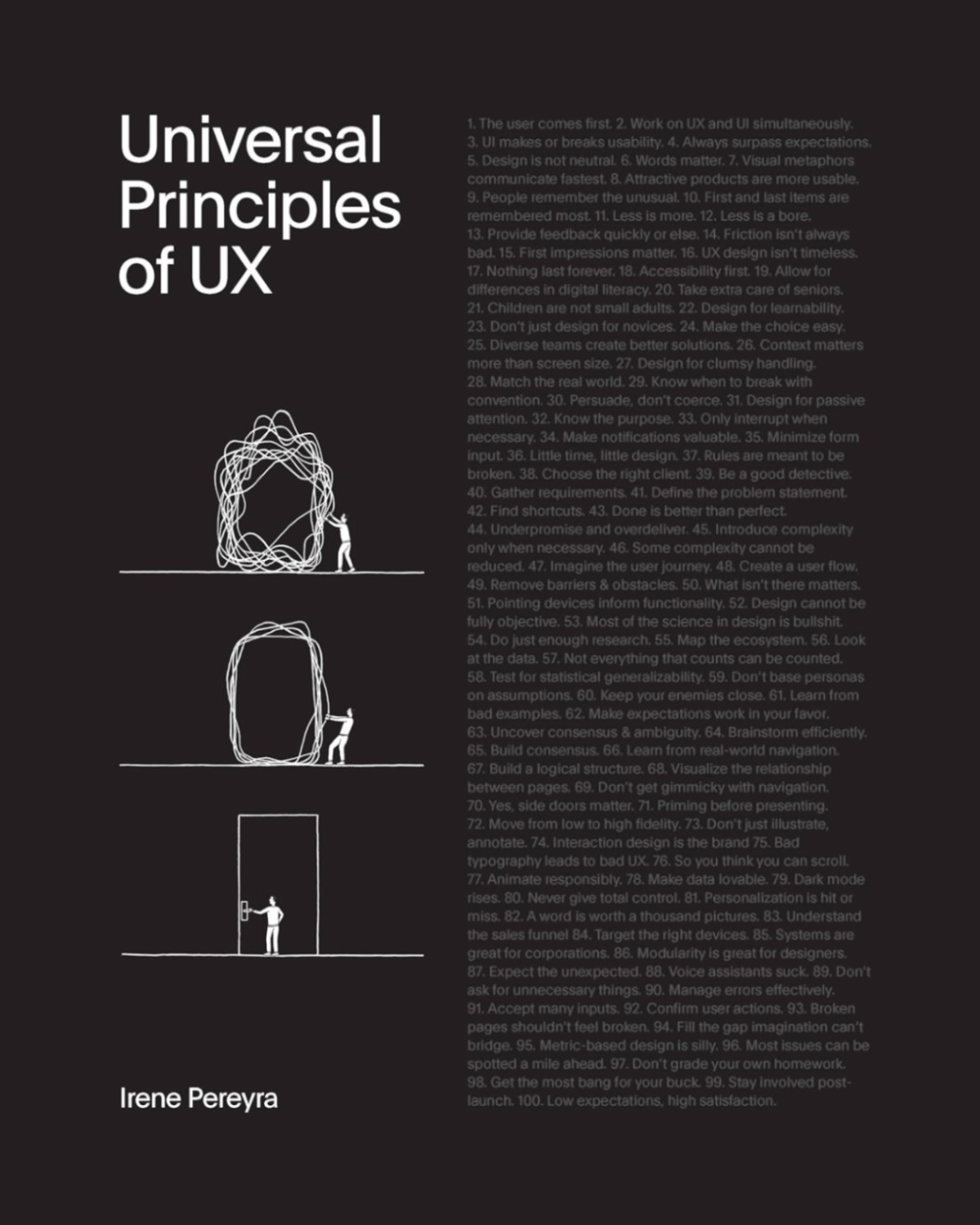Services
services designed to EMpower your journey with expertise and precession

Essential Insight Overview
OUR new industry stanard one page report to get started
Preliminary Compliance Check: Ensures compliance with regulations and requirements.
Securitization Review: Analyzes securitization processes for a comprehensive understanding.
Document Scan: Efficiently scans and organizes your documents.
SUPER TURN AROUND TIMES
Our Fast Turnaround service ensures that you receive your detailed report within 1-2 days of your request. We understand the importance of timely information, especially in dynamic situations. To further personalize the service and ensure you fully understand the contents and implications of your report and have your one-on-one schedule meeting with a special to go over and discuss your report in depth.
precession pro report
Reveal Concerning Information
Detailed 6-7 Page Report
A comprehensive review of lending compliance rules and regulations, ensuring you understand the full scope of your financial interactions. With a focus on Transaction History Analysis, we identify discrepancies and potential issues in lenders' practices, particularly in areas such as Credit Cards, Mortgages, Student Loans, and Auto Loans. Each review is custom-tailored to meet your specific needs, providing a personalized approach to your financial analysis. Plus, enjoy a fast turnaround with detailed reports delivered within 2-4 days, allowing you to quickly take informed actions.


ELite comprehensive Complete report (ECCO)
Ultimate Solution
This report is the pinnacle of our offerings, combining all aspects of our previous services into one all-encompassing package. We deliver a customized, tailored approach to each client’s unique needs, ensuring no detail is overlooked.
Thorough Examination: Our meticulous review process not only pinpoints vulnerabilities and potential risks but also addresses any specific concerns you might have, guaranteeing your complete satisfaction.
Services Offered: This complete report includes a detailed chain of title analysis, servicing agreement audits, proof of swap fraud, and securitization audit reviews, making it the most thorough option available.
Customized Package
Each report is specifically crafted to meet your particular requirements, whether you’re an individual, a small business, or a large corporation. We ensure that the analysis perfectly aligns with your objectives.
Delivery Time: Expect to receive your comprehensive report within 4-8 days, allowing you to make timely, informed decisions based on our findings.
Pro Se Litigants
OUR brand new improved ultimate legal suite
Description:
Unlock the full potential of legal support with our "Ultimate Legal Suite," a single, all-encompassing package that provides everything from basic legal document preparation to advanced litigation support and trial management. Tailored for both new and seasoned litigants, this suite is designed to handle every aspect of your legal journey with expertise and precision.
SERVICES
Legal Starter Kit: Jumpstart your legal proceedings with essentials like Complaint drafting, Summons, and Service of Process.
Advanced Litigation Support: Navigate the complexities of ongoing cases with our extensive motion drafting, discovery support, and trial preparation services.
Complete Legal Defense Package: Formulate a robust defense strategy with our comprehensive support in drafting responses, managing counterclaims, and strategic oppositions.
Appellate and High Court Services: Elevate your case with specialized appellate briefs and high court petitions, ensuring your arguments are heard at all judicial levels.
Benefits
NAVIGATE YOUR LEGAL CHALLENGES
Gain Clarity
Navigate complex legalities with in-depth analysis and clear-cut compliance checks tailored to protect your consumer rights.
Maximize Legal Leverage
Harness full-scale legal support to turn the tide in your favor, from initial case preparations to high-stakes courtroom battles.
Custom-Fit Advocacy
Tailored litigation kits crafted with precision to meet the unique demands of your legal situation, ensuring a personalized defense strategy.
Case Study
Visualizing YOUr RIghts
Legal Strategy Innovation
Step into the world of legal mastery with our success stories—discover how our comprehensive reports and Pro Se Litigant support form a unique identity, empowering clients to take charge of their legal challenges.
Crystal-Clear Compliance & Analysis Reports
Litigation Support Mastery
Witness the transformation of our clients' legal processes with our customized service packages. From initial filings to complex trial preparation, we lay the groundwork for unparalleled legal advocacy.
Testimonials
What our clients say about us
Amazing Service!: FraudStoppers.org helped me resolve a complicated financial issue quickly and efficiently. I highly recommend their services to anyone dealing with fraud-related problems.

John Adams
Marketing Director
Professional Team: The team at FraudStoppers.org was incredibly professional and knowledgeable. They guided me through the process with ease and provided excellent support every step of the way.

Michael Anderson
Consumer
Swift Outcomes: FraudStoppers.org provided rapid resolutions and simplified a trying circumstance for me. I deeply appreciate their proficiency and backing.

Jane Does
Founder & CEO
Top-Notch Assistance: I received top-notch assistance from FraudStoppers.org. Their team was responsive, knowledgeable, and truly committed to helping me protect myself from fraud. I highly recommend their services to anyone in need of expert guidance.
Alex James
Home Owner
FAq


























